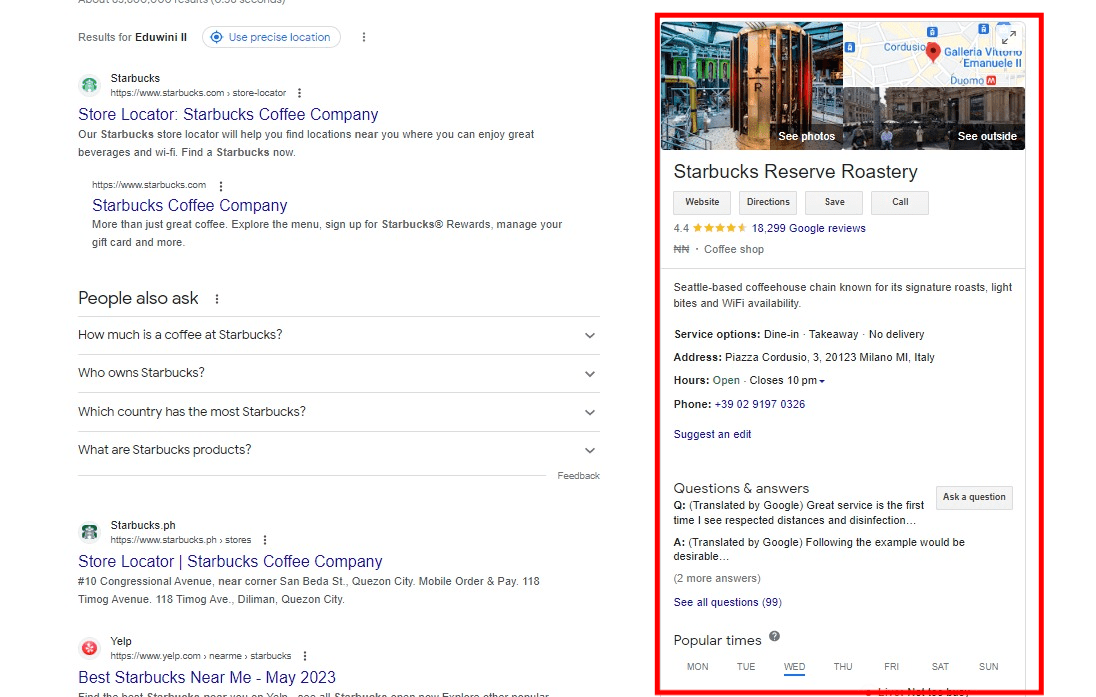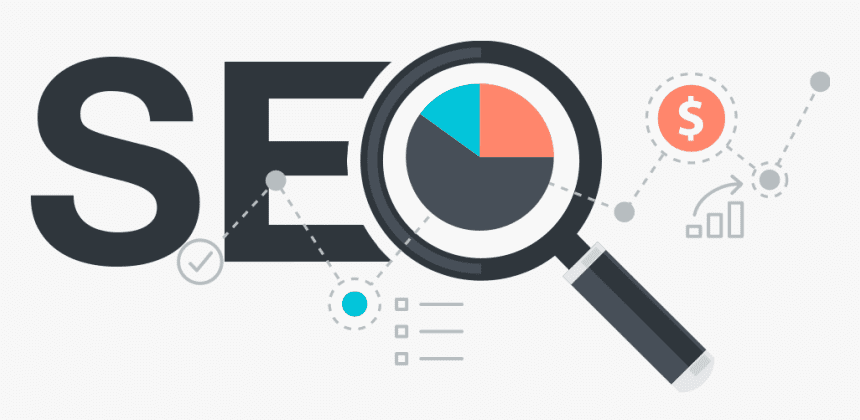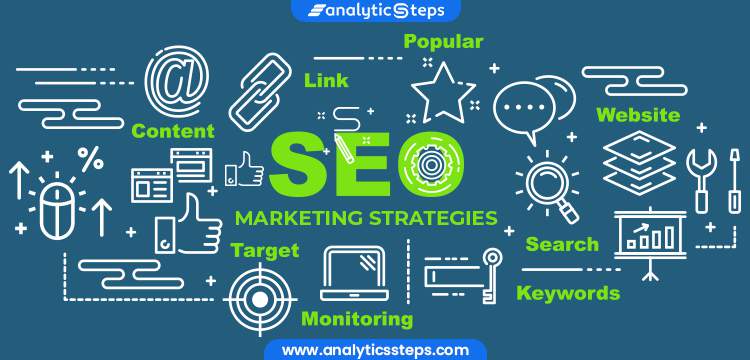[This is a test site and all posts are generated with ChatGPT unless indicated otherwise.]
In today’s digital age, where information is just a click away, search engines play a pivotal role in our online journey. When we enter a search query, we’re presented with a Search Engine Results Page, commonly known as a SERP. Simply put, a SERP is the page displayed by search engines like Google, Bing, or Yahoo in response to a user’s search query. It is the gateway to the vast realm of information available on the internet.
Understanding the Search Engine Results Page (SERP) is not only crucial for online users seeking specific information or answers but also for businesses striving to make their mark in the competitive online landscape. By comprehending the intricacies of SERPs, individuals can refine their search queries, uncover relevant content more efficiently, and make informed decisions. Meanwhile, businesses can leverage this knowledge to optimize their online presence, enhance visibility, and ultimately drive valuable organic traffic to their websites.
In the following sections, we will delve deeper into the components of a SERP and shed light on the various elements that comprise it. By gaining insights into how search engines present and rank results, we can navigate the digital landscape more effectively, harnessing the power of SERPs to our advantage. So, let’s embark on this journey to unravel the mysteries behind the SERPs and unlock their immense potential.
Components of a SERP
- Search bar and query input
- Organic search results
- Title tags and meta descriptions
- URL and breadcrumb trail
- Rich snippets and featured snippets
- Paid search results (ads)
- Sponsored listings
- Ad extensions
- Knowledge graph and answer boxes
- Local search results
- Related search queries
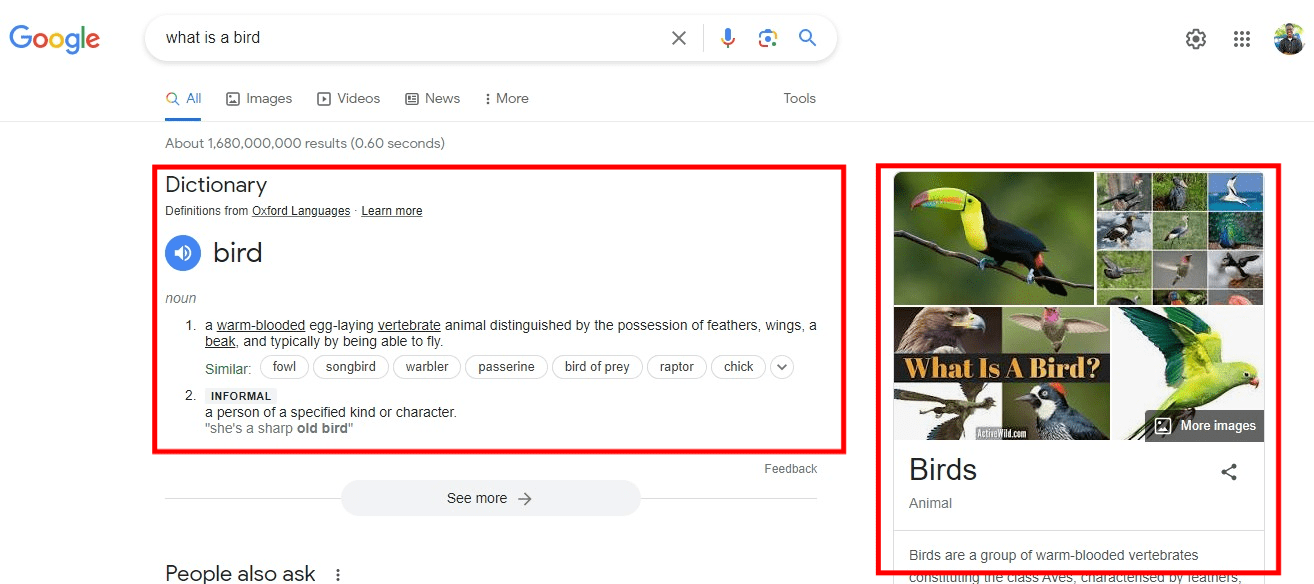
Understanding Organic Search Results
When you enter a search query, search engines employ complex algorithms to analyze billions of web pages and determine the most relevant results to display on the SERP. The process involves several key steps:
- Crawling: Search engine bots (also known as spiders or crawlers) continuously scour the web, following links from one page to another, and indexing the content they discover.
- Indexing: The indexed information is stored in massive databases, creating an index of web pages based on their content, keywords, and other factors.
- Ranking: When a user initiates a search, the search engine algorithm evaluates the indexed pages, considering numerous factors, to determine their relevance and rank them accordingly.
- Display: The top-ranking pages are displayed on the SERP, typically in a list format, providing users with a selection of web pages that best match their search intent.
Factors That Influence Organic Search Rankings
Several factors impact the ranking of organic search results. Understanding these factors can help you optimize your website’s visibility. Here are three key factors:
1. On-Page Optimization
On-page factors refer to elements within your web page that directly influence its search ranking. These include:
- Keyword usage: Incorporating relevant keywords in the page title, headings, meta tags, and content.
- Content quality: Publishing high-quality, unique, and informative content that satisfies user intent.
- Page structure: Utilizing proper heading tags (H1, H2, etc.), well-organized content, and user-friendly URLs.
2. Backlinks and Domain Authority
Backlinks are links from other websites that point to your site. They serve as endorsements of your content’s quality and authority. Key considerations include:
- Quantity and quality of backlinks: Earning backlinks from reputable, authoritative websites boosts your site’s credibility.
- Domain authority: A measure of a website’s overall strength and trustworthiness, influencing its ability to rank well in search results.
3. User Experience and Engagement Metrics
Search engines prioritize delivering a positive user experience. Factors that impact this include:
- Page loading speed: Fast-loading pages are favored by search engines and provide better user experiences.
- Mobile responsiveness: Websites that are optimized for mobile devices and provide a seamless mobile experience tend to rank higher.
- User engagement: Metrics such as click-through rate (CTR), time on page, and bounce rate help search engines assess user satisfaction and relevance.
Different Types of Organic Search Results
- Regular Webpage Listings: These are the traditional organic search results displayed as blue clickable links on the SERP. They typically consist of page titles, meta descriptions, and URLs. Users click on these links to access relevant web pages.
- News Articles and Blog Posts: When a search query relates to current events or recent topics, search engines may display news articles or blog posts in a separate section. These results often include a publication date, headline, snippet, and source information.
- Image and Video Results: For queries with visual intent, search engines provide image and video results. Image results showcase relevant pictures, while video results display video thumbnails with titles and descriptions. Users can click on these results to view the media content directly.
Understanding the different types of organic search results helps users identify the most suitable content formats based on their search intent.
By grasping the intricacies of organic search results, you can optimize your web pages to improve their visibility and relevance. Implementing on-page optimization techniques, earning quality backlinks, and prioritizing user experience will enhance your chances of ranking higher on SERPs. Stay tuned as we explore more about SERPs and their various components in the upcoming sections.
Paid Search Results (Ads)
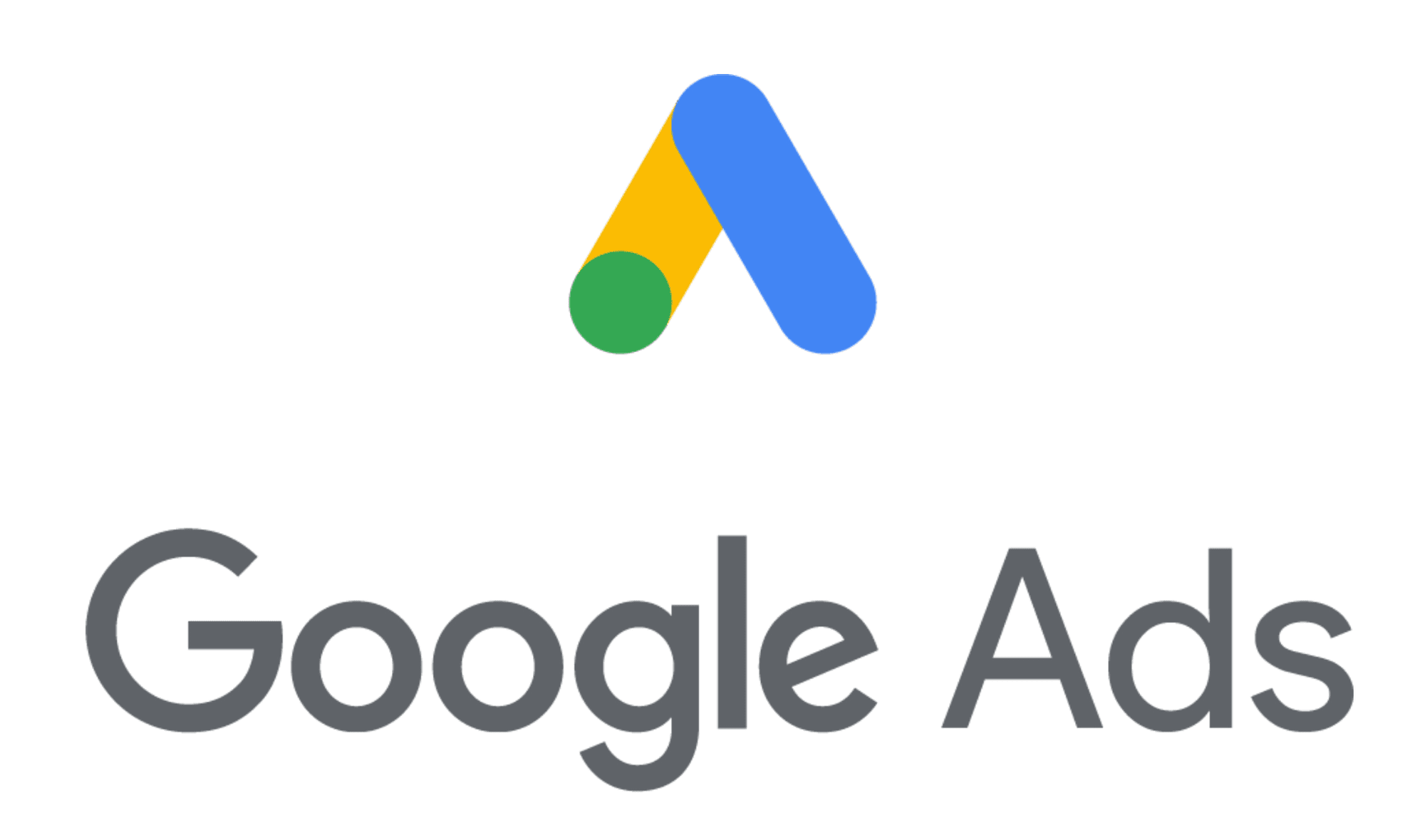
Paid advertising on search engines provides businesses with the opportunity to display their ads prominently on SERPs. These ads appear above or alongside the organic search results, allowing businesses to reach a wider audience and drive targeted traffic to their websites. By bidding on specific keywords, businesses can compete for ad placement based on relevance, bid amount, and other factors.
Ad Placement and Format on a SERP
Paid ads are strategically placed on the SERP to maximize visibility. The exact placement and format may vary across search engines, but common locations include the top of the page, bottom of the page, or sidebar. The format of paid ads often includes a headline, description, URL, and additional extensions or features, depending on the ad platform and options chosen by the advertiser.
Pay-Per-Click (PPC) Advertising Model
PPC is the most prevalent advertising model used in search engine advertising. With PPC, businesses only pay when their ads are clicked by users. Advertisers bid on keywords, determining the maximum amount they are willing to pay for each click. The ad’s position on the SERP is influenced by the bid amount, ad quality, and other relevancy factors.
Ad Targeting and Customization Options
Paid advertising offers various targeting and customization options to help businesses reach their desired audience effectively. These options may include:
- Keyword targeting: Selecting specific keywords or search terms to trigger the display of your ads.
- Location targeting: Displaying ads to users in specific geographic regions or targeting local areas.
- Demographic targeting: Tailoring ads based on factors like age, gender, income, and interests.
- Device targeting: Opting to show ads on specific devices such as desktops, mobile devices, or tablets.
- Ad scheduling: Choosing specific days and times to display ads for better targeting.
Benefits and Considerations of Running Paid Ads
- Increased Visibility and Reach: Paid ads allow businesses to quickly gain visibility on the SERPs and reach a broader audience beyond organic search results. This can help generate brand awareness and attract potential customers.
- Precise Targeting: Paid advertising enables businesses to target specific keywords, demographics, and locations, ensuring their ads are seen by a relevant audience more likely to convert into customers.
- Fast Results: Unlike organic search rankings that require time and effort to improve, paid ads can provide immediate visibility and drive traffic to your website. This is particularly beneficial for time-sensitive promotions or product launches.
- Measurable ROI: Paid advertising platforms offer detailed metrics and analytics to track the performance of your ads. This allows businesses to measure the return on investment (ROI) and make data-driven decisions to optimize their campaigns.
Considerations
- Cost: Running paid ads can incur costs, especially in competitive markets where bidding on keywords may be more expensive. Careful budgeting and monitoring of campaigns are essential.
- Ad Copy and Landing Page Quality: Creating compelling ad copy and ensuring the landing page provides a seamless user experience are crucial for driving conversions and achieving a positive ROI.
- Ad Fatigue: Overexposure or poor ad targeting can lead to ad fatigue, where users become less responsive or ignore repetitive ads. Regular monitoring and optimizing ad campaigns can mitigate this.
Paid advertising can be a valuable addition to your marketing strategy, helping you gain a competitive edge and reach your target audience effectively. However, it’s important to plan and execute your campaigns thoughtfully while continuously monitoring and optimizing to maximize your return on investment.
Featured Snippets, Knowledge Graphs, and Answer Boxes
Featured snippets are concise, summarized pieces of information that appear at the top of search engine results pages (SERPs), providing users with quick answers to their queries. They aim to deliver immediate value and convenience to users by presenting relevant information without the need to click through to a specific webpage.
The importance of featured snippets lies in their ability to enhance search user experience. By displaying direct answers, definitions, steps, or other valuable content, featured snippets save users time and help them find information more efficiently. For businesses, earning a featured snippet can significantly increase brand visibility, credibility, and organic traffic.

Knowledge Graph
The knowledge graph is a knowledge base created by search engines that contains structured information about entities, facts, and relationships between them. It helps search engines understand the context and semantics of search queries, allowing them to provide more accurate and relevant search results.
The knowledge graph plays a vital role in providing information in various formats. It helps populate knowledge panels, which are displayed on the SERP and offer comprehensive details about specific entities, such as famous people, landmarks, or businesses. By tapping into trusted sources and organizing information, the knowledge graph aids in generating rich and reliable content for search users.
Answer Boxes and Quick Answers
Answer boxes, also known as rich answers or direct answers, are special SERP features that provide concise responses to specific questions or queries. These boxes often appear above organic search results and may include text, images, tables, or lists.
Quick answers are similar to answer boxes but typically appear as a one-line response at the top of the SERP. They aim to give users immediate answers without requiring them to click through to a webpage.
Both answer boxes and quick answers aim to provide instant information and cater to users seeking quick solutions, definitions, or specific details. They are particularly useful for voice searches and mobile users who prefer brief, straight-to-the-point answers.
How to Optimize Content for Featured Snippets
- Identify Target Queries: Research and identify the queries for which you want your content to appear in featured snippets. These are often questions or specific information-seeking queries.
- Structured Content: Structure your content in a way that directly addresses the query or question. Use headers, subheadings, and bullet points to make your content more scannable and easily extractable.
- Clear and Concise Answers: Craft clear, concise, and comprehensive answers that directly address the query. Provide valuable information in a concise format that search engines can easily extract for featured snippets.
- Use Different Formats: Experiment with different formats such as paragraphs, tables, numbered lists, or bullet points. Depending on the query, different formats may be more suitable for featured snippets.
- Schema Markup: Implement schema markup to provide structured data to search engines. This can help search engines understand the context of your content and increase the chances of earning featured snippets.
- Optimize Meta Tags: Craft informative and enticing meta titles and descriptions that align with the target queries. Clear and relevant meta tags can influence the likelihood of earning featured snippets.
- Quality and Authority: Create high-quality, authoritative content that demonstrates expertise and trustworthiness. Back up your answers with credible sources and references.
- Monitor and Refine: Regularly monitor your content’s performance in search results. Analyze which queries generate featured snippets and refine your content strategy accordingly.
Optimizing for featured snippets requires a strategic approach, focusing on providing valuable information and structuring your content to meet user needs. By earning featured snippets, you can increase your brand visibility, drive more organic traffic, and establish yourself as a go-to source of information in your industry.
Local Search Results
Local search refers to the process of searching for products, services, or information that is specific to a particular geographical location. It is highly relevant for users who are looking for businesses or resources in their vicinity. Local search has gained immense significance due to the increasing use of mobile devices and the growing emphasis on personalized and location-based results.
For users, local search provides convenience and efficiency by delivering tailored results that match their immediate needs. For businesses, local search presents a valuable opportunity to connect with potential customers in their local area, boost visibility, and drive foot traffic or inquiries.
Local Pack and Map Results
Local pack refers to the section of the search engine results page (SERP) that displays a group of local business listings related to a specific search query. These listings typically appear in a prominent position, showcasing essential business information such as the name, address, phone number (NAP), and reviews. The local pack is accompanied by a map, pinpointing the locations of the listed businesses.
Map results, often integrated with the local pack, provide an interactive map display with pins indicating the locations of relevant businesses. Users can click on these pins to access more details about each business and obtain directions.
Local pack and map results offer users a quick overview of local businesses that match their search intent, allowing them to make informed decisions and take action directly from the SERP.
Local Business Information and Reviews
Local search results provide users with vital information about businesses in their area. These details typically include:
- Name, Address, and Phone Number (NAP): Users can find the business’s name, physical address, and contact details, allowing them to locate or contact the business easily.
- Reviews and Ratings: Local search results often include user-generated reviews and ratings for businesses. These reviews offer insights into the quality of products, services, and overall customer experience.
- Business Categories and Attributes: Local search results may display the business category or industry, along with additional attributes such as hours of operation, payment methods accepted, popular products or services, and more.
Local business information and reviews are crucial for users who are evaluating options and making decisions about where to go, what to buy, or which service to choose. Positive reviews and accurate information can significantly influence users’ choices and increase trust in a local business.
Businesses can optimize their presence in local search results by ensuring accurate and up-to-date business information across online directories, encouraging satisfied customers to leave reviews, and actively managing their online reputation.
Local search results play a vital role in connecting users with nearby businesses and facilitating informed decision-making. For businesses, optimizing their local search presence and leveraging positive reviews can lead to increased visibility, customer engagement, and ultimately, greater success in their local market.
User Experience and SERP Features
User experience (UX) signals refer to the various factors that search engines consider to assess the quality and relevance of a website from a user’s perspective. These signals play a significant role in determining search engine rankings and influencing the visibility of a website on the search engine results page (SERP).
Search engines aim to deliver the best possible user experience by presenting websites that offer valuable content, ease of use, and accessibility. By understanding and optimizing for UX signals, website owners can enhance their chances of ranking higher on SERPs and attracting organic traffic.
Mobile-Friendly and Responsive Design

In the mobile-first era, having a mobile-friendly and responsive design is crucial for providing a positive user experience. With the increasing use of mobile devices for internet browsing, search engines prioritize websites that are optimized for mobile devices.
Mobile-friendly design ensures that a website is visually appealing, functional, and easy to navigate on smaller screens. It involves responsive layouts, properly sized fonts and buttons, and intuitive mobile navigation. By catering to mobile users, websites can improve their rankings and reach a broader audience.
Site Speed and Performance

Site speed and performance significantly impact user experience. Users expect websites to load quickly, and search engines recognize this expectation by considering site speed as a ranking factor. Slow-loading websites can lead to higher bounce rates and lower user engagement.
To improve site speed, website owners can optimize image sizes, leverage browser caching, minify code, and use content delivery networks (CDNs). Regular performance monitoring and optimization are essential to ensure a smooth and fast user experience.
Rich SERP Features
SERPs are evolving to provide more than just traditional organic listings. Rich SERP features enhance user experience by offering additional information and interactive elements directly on the search results page. Some common examples include:
- Carousels: Carousels display a horizontally scrollable list of images, videos, products, or articles related to a specific search query. They provide users with a visual preview and quick access to relevant content.
- Knowledge Panels: Knowledge panels are information boxes that appear on the right-hand side of the SERP. They provide concise details about entities, such as famous people, places, organizations, or products, sourced from trusted databases or the knowledge graph.
- Featured Snippets: Featured snippets offer a brief answer or summary of information directly within the SERP. They aim to provide quick solutions to user queries and often appear at the top of the page.
- Reviews and Ratings: SERPs may display review snippets, showcasing user-generated ratings and feedback for businesses, products, or services. These snippets help users make informed decisions and increase trustworthiness.
Optimizing for rich SERP features involves providing structured data markup, optimizing content for specific features, and ensuring relevance and quality. By appearing in these features, websites can attract more attention, establish credibility, and improve user engagement.
Prioritizing user experience signals and understanding the significance of various SERP features can greatly benefit website owners in terms of improved visibility, higher click-through rates, and better user satisfaction. By providing a seamless and valuable user experience, websites can gain a competitive edge in search engine rankings.
Maximizing the SERP for Brand Visibility
Understanding SERPs is crucial for effectively navigating the digital landscape. It allows businesses to enhance their online presence, improve visibility, and connect with their target audience. By prioritizing user experience, optimizing content, and utilizing various tools and techniques for tracking and analyzing SERP performance, businesses can achieve better rankings, increase organic traffic, and drive tangible results.
To delve deeper into the realm of SERP analysis, we encourage you to explore further resources and tools available. Platforms like SEMrush, Moz, Ahrefs, and Google Search Console provide valuable insights and data for monitoring keyword rankings, analyzing search engine analytics, and staying ahead of the competition.
Remember, SERPs are ever-evolving, and staying informed about the latest trends and strategies will help you adapt and succeed in the dynamic world of search engine optimization.

